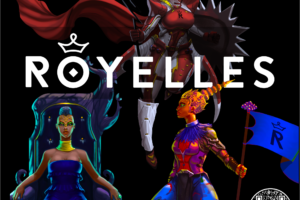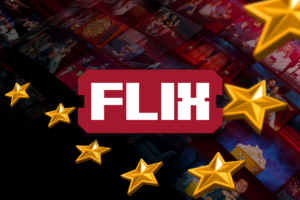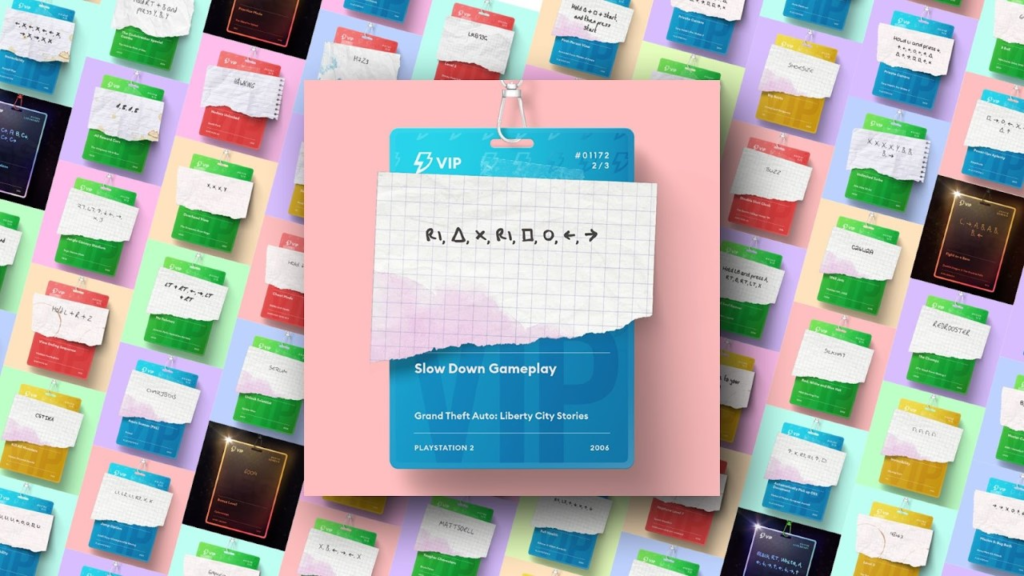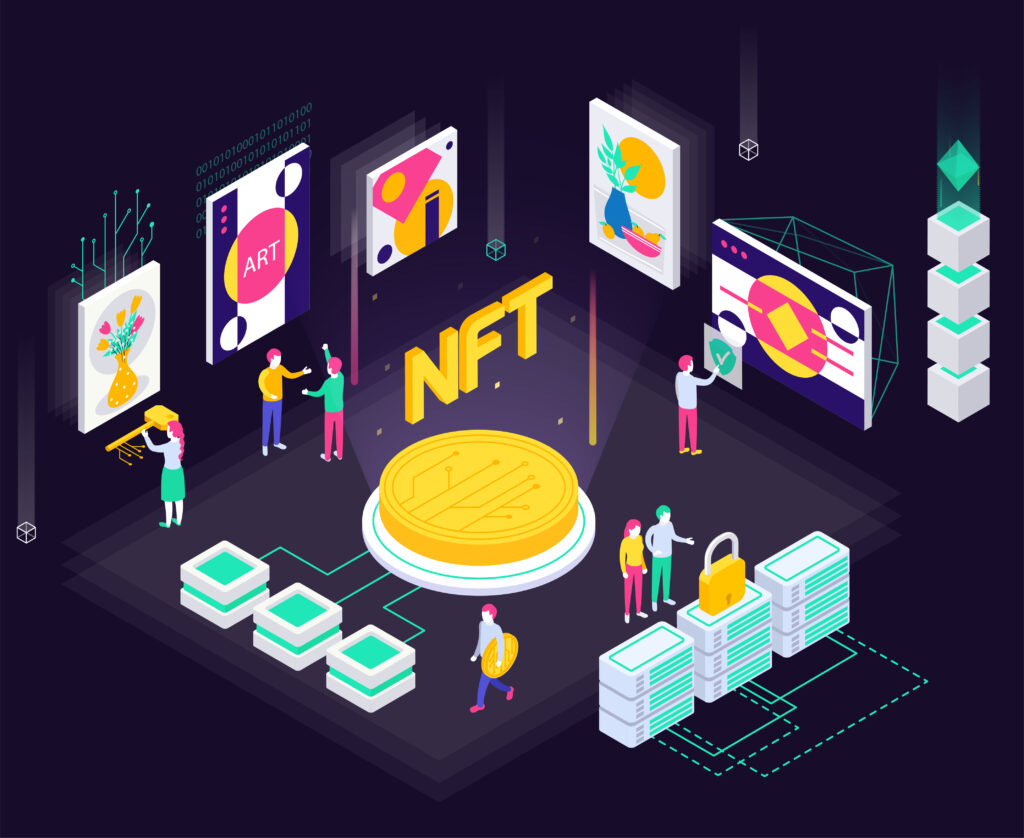
You might think a US President installing solar panels on the White House would signal a sea of change in renewable energy, but with Jimmy Carter’s loss in the 1980 election, the panels came down and haven’t been up since. It’s puzzling that an industry that has the potential to save the planet isn’t thriving, even after decades of development. Especially when one considers how much the technology has improved, with renewables set to be cheaper than fossil fuels in a few scant years.
The reasons behind this are numerous. Many governments remain suspicious of the technology, no doubt thanks to strident lobbying by the fossil fuel industry. When governments have taken action, as with the US under President Obama, the results fell short of admittedly lofty expectations. And the country’s CO2 emissions are set to increase 1 percent in 2018 after a brief period of decline.
However, even the most effective government in the world would find it hard to push the planet into a greener tomorrow. Governments only hold sway over the land within their borders, and even if a major player like China enacted sweeping reforms, it would do little to change matters in the rest of the world. Blockchain technology is uniquely poised to organize global governmental efforts, thanks to its inherent data security and decentralization.
“The main purpose of blockchain in governance, at least in its current guise, is data integrity,” says Jon Martindale in Digital Trends’ “Blockchain Beyond Bitcoin” series released this week. “If more government entities can rely on the integrity of data from partner agencies, then sharing information should make many facets of government more efficient, while also improving security,” Martindale continues.
If we’re going to see a fundamental shift in world energy production, a system that transcends local governments by democratizing data and adding efficiencies offers a significant step forward.
“It turns out that much of the world agrees that we need a reduction of carbon – that’s what cities, countries, and corporations like Microsoft want to achieve. But it’s a very tough objective function for the world to solve for, because if you think of the incentive structure – it’s local – it can’t be traded across geography, so it’s inefficient and temporal,” says Evan Caron, Co-Founder and Managing Director at Swytch, a blockchain platform that verifies and rewards the production of sustainable and renewable energy.
How Green is Our Valley?
Swytch solves one of the most significant factors in lagging renewable energy adoption – the lack of a global and easily tradable incentive mechanism.
The solution is four-fold. First, Swytch collects data from renewable energy producers using existing smart meter technology. This data is ‘stamped’ onto Swytch’s blockchain, then verified and evaluated by a collection of open-source algorithms. Once the algorithms determine the amount of clean energy produced (and by extension the amount of carbon displaced) a corresponding amount of crypto-tokens are minted and delivered to the energy producer.
The tokens are ERC20 compliant and can be converted into fiat currency, other cryptocurrencies, or invested into other renewable projects. In a way, Swytch is the opposite of Bitcoin. Instead of using proof of work, which generates an obscene amount of CO2, Swytch uses proof of production, rewarding reductions in carbon emissions.
The incentive model is scalable, too – everyone from homeowners with solar panels on their roofs to heavy industry leaders able to take part. Entire cities are on board, including six in South Korea, as well as parts of Austria and Germany.
Data is Power
Another issue plaguing renewables is the lack of comprehensive, trustworthy data. It’s currently difficult to gauge where the most energy is being produced and what types of energy is most efficient.
Swytch is seeking to change that through its data collection feature. Every bit of information gathered from energy producers will be made publicly available in order to provide a shared, objective system that anyone can learn from.
As Evan notes, “Anyone in the power business realizes that the more good data there is, the better the whole system is. The data that’s out there is not that great – it comes in slow increments. What we’re betting on is that people want to share the data and if they’re getting compensated for it, they want to do it even more.”
While Swytch’s data aggregation techniques have the potential to revolutionize how information is gathered and shared in the renewable energy market, it’s the platform’s ground-up incentivizing structure that has the most disruptive potential. Through tokenization and the blockchain, Swytch can do what others have not – transcend borders, local politics, and the lingering power of oil and gas conglomerates to bring the world closer to 100 percent sustainable energy.
















Very energetic blog, I liked that a lot. Will there be a part
2?
I don’t even understand how I finished up right here, however I believed this
post used to be great. I don’t recognise who you are but definitely you’re
going to a famous blogger when you are not already.
Cheers!
Usually I do not learn post on blogs, but I would like to say that this write-up very forced me to take a look at
and do it! Your writing style has been surprised
me. Thank you, quite nice article.
Greetings from Carolina! I’m bored to tears at work so I decided to check out your website on my iphone during lunch
break. I really like the knowledge you present here and can’t
wait to take a look when I get home. I’m shocked at how quick your blog
loaded on my phone .. I’m not even using WIFI, just 3G ..
Anyways, very good site!